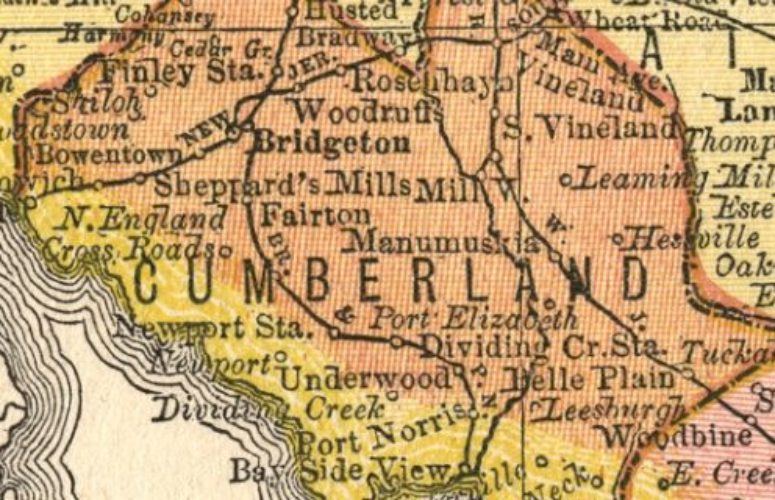
Stockton’s Hughes Center Research Shows Impact of Geography on Economic Opportunity
On May 12, 2015Six of the eight southern New Jersey counties rate the lowest of the state’s 21 counties in several key economic and quality of life indicators, according to a new report released by Stockton University’s William J. Hughes Center for Public Policy.
According to the report, these southern counties “experience some of the highest rates of poverty and unemployment, have the lowest median incomes and achieve some of the lowest educational attainment and health rankings among the 21 counties in the state.”
The report, “Economic Indicators and Quality of Life in Southern New Jersey,” was prepared by Kelly E. Sloane, public policy researcher for the Hughes Center.
“Economic vulnerability, higher rates of unemployment and poverty, and educational attainment are predictive of civic participation, health outcomes and life span,” said Sloane.
Although New Jersey has one of the highest statewide median household income, the Hughes Center report also points to some of the dramatic disparities among the counties particularly between the northern and southern counties.
“Public policymakers across the state should be highly concerned by the excessive geographic disparities in these key economic indicators,” stated Daniel J. Douglas, director of the Hughes Center.
“Since the economic indicators are so closely linked, the challenge for policy makers is to craft solutions that will start to reduce the geographic disparities that put some New Jerseyans at a disadvantage compared to others,” said Douglas.
For example, three counties (Cumberland, Atlantic and Essex) have half of the median household income of the top county (Hunterdon). Cumberland County’s median household income is $48,694 compared to Hunterdon County, with a median household income of $105,950.
The percentage of households living below the federal poverty threshold in New Jersey was 10.9 percent. Again, the counties representing the extremes are Cumberland with 18.5 percent below the poverty level, and Hunterdon with just 3.8 percent of its population below the poverty level.
Unemployment levels showed similar trend lines. Hunterdon County has the lowest unemployment rate at 5.3 percent, with Cumberland (10.7 percent) and Atlantic (10.9 percent) more than double Hunterdon’s level.
This geographic pattern of inequality continues with educational attainment measures, with the six southern counties at the bottom of the rankings. Hunterdon County has the highest percentage of high school graduates (94.5 percent) while Cumberland anchors the low end of the scale with 77.7 percent.
When looking at the percentage of those with a bachelor’s degree, Somerset County is the leader with 51.4 percent, more than double the counties of Passaic (25.3 percent), Atlantic (25.4 percent), and, Salem (20.5 percent) and more than triple that of Cumberland (14.7 percent).
“The poverty in cities like Newark, Trenton, Camden and Atlantic City is highly visible. Poverty in southern New Jersey is sometimes tucked into rural areas, small towns and older suburban communities, making it less obvious but just as critical to those who find themselves at the wrong end of the disparity,” explained Sloane.
The report can be downloaded at stockton.edu/hughescenter. It contains links to interactive maps and data. Unemployment data is from January 2015. The other economic data is from the U.S. Census American Community Survey, 2011-2013.



